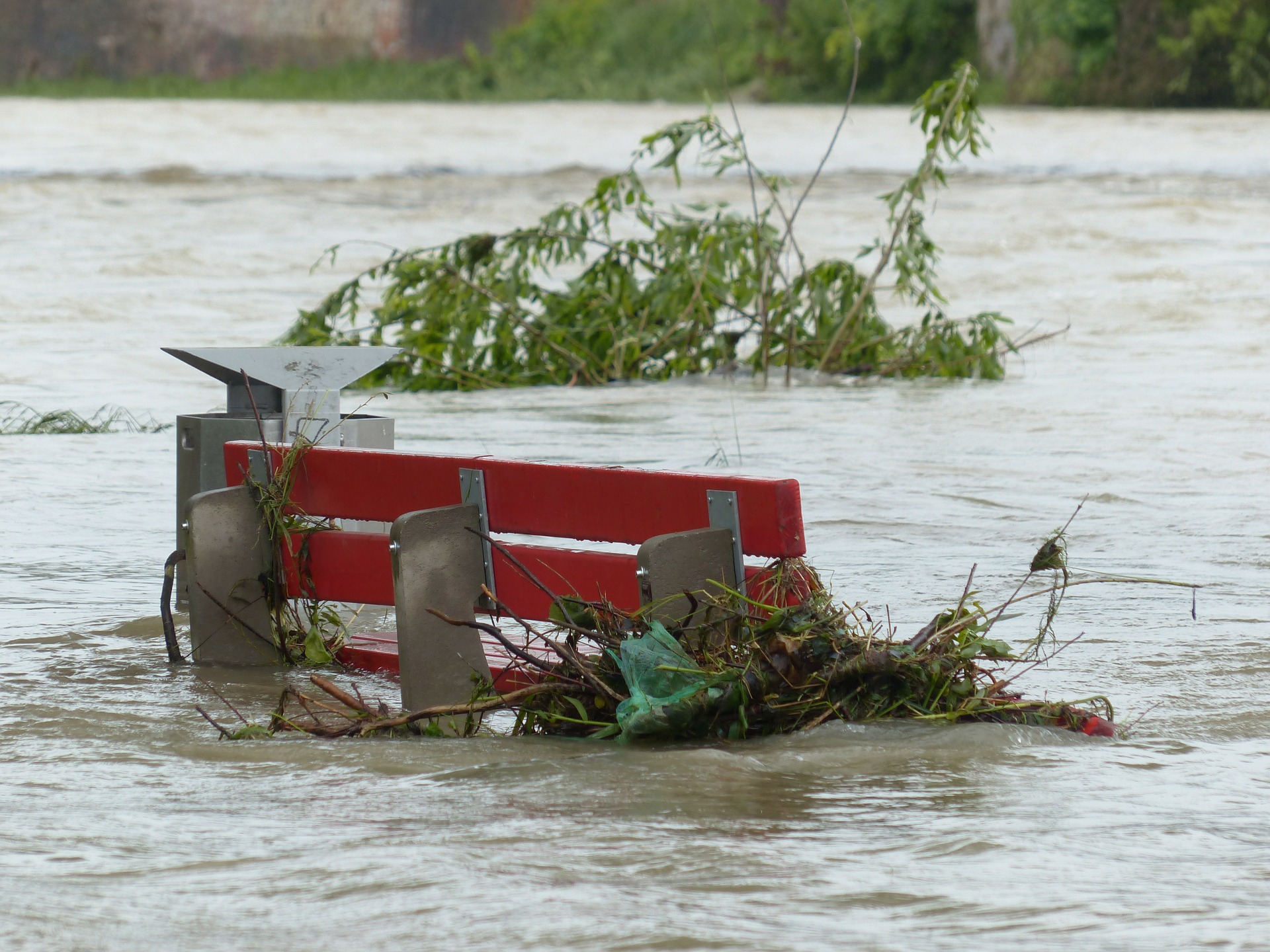Media release
From:
Expert Reaction
These comments have been collated by the Science Media Centre to provide a variety of expert perspectives on this issue. Feel free to use these quotes in your stories. Views expressed are the personal opinions of the experts named. They do not represent the views of the SMC or any other organisation unless specifically stated.
Professor Tim Inglis is from the Schools of Medicine and Biomedical Sciences at the University of Western Australia
Tragically, the melioidosis cases in Townsville are a predictable outcome of recent flooding.
The tropical northern parts of Australia and a smaller selection of temperate locations are prone to sporadic cases of melioidosis.
Public health authorities in places like Darwin are well versed in raising melioidosis awareness during the wet season. But extreme weather events literally are the perfect storm for this tropical infection, causing sharp spikes in the number of cases. This is because they optimise conditions for increased quantities of bacteria and, as a result of flooding, dramatically increased exposure.
The nasty sting in the tale is that some melioidosis cases will only come to people's attention weeks or months after exposure.
Associate Professor Sanjaya Senanayake is a specialist in Infectious Diseases and Associate Professor of Medicine at The Australian National University
Melioidosis is caused by a bacterium that lives in soil and water. It is mostly found in the tropical regions of Australia and Asia.
Melioidosis typically causes disease during wet weather. e.g. during the rainy season or with floods.
Exposure often occurs through the skin but it can be inhaled (especially after storms or cyclones) or swallowed. After a period of 1-21 days from exposure, people become sick; however, occasionally the infection may occur years later.
The most common form of disease that it causes is pneumonia (a lung infection), but it can affect any part of the body.
It is more likely to affect people with chronic health problems, such as diabetes, heavy alcohol use, chronic lung and kidney disease. Despite being a very serious infection, it can be treated with a variety of antibiotics.
Dr Michael Batzloff is from the Institute for Glycomics at Griffith University
Melioidosis is an infectious disease like pneumonia, and can become systemic.
It is caused by the bacterium Burkholderia pseudomallei, which lives in the soil and which is limited to North Queensland and the Northern Territory.
In wet weather, with flooding and mud, and when the water table rises, the bacteria rise to the surface and can easily come into contact with humans.
Interestingly, it's intrinsically resistant to a whole range of antibiotics and there are only a small number of treatments for it. A lack of research on this is a concern.
At Griffith's Institute for Glycomics, research on the topic is being done on a small level, but we note there needs to be sharper focus.
Dr Gemma Robertson is from the Centre for Clinical Research at the University of Queensland
Melioidosis is an infection caused by a soil-borne organism found in various regions of Northern Australia.
Cases of the infection are linked to increased rainfall, and with a catastrophic weather event like the recent floods, the number of cases being seen in Townsville would not be unexpected.
Manifestations can range from mild skin and soft tissue infections, to life-threatening bloodstream infections. People with pre-existing conditions, such as diabetes, are at higher risk for melioidosis and should be vigilant for signs of the infection, such as fever, cough, headache, and skin lesions.
Eradication of the infection will often require at least three months of antibiotic therapy.
Adjunct Professor Colin Butler is from the University of Canberra, an Honorary Professor at the Australian National University (ANU) and a Principal Research Fellow at Flinders University. Note: Comment updated on 14 February 2019.
A postulated increase in cases of melioidosis in northern Australia and climate change was suggested at least 13 years ago(1).
These disturbing and serious infections are associated with flooding, described by Townsville mayor Jenny Hill as “one in 500 year” events (or rarer) (2). Heavy rainfall and stalling weather systems have long-been predicted as climate change related phenomena. The horrible and very sad loss of hundreds of thousands of cattle and other animals, due to flooding in this region, compounds the fragile economic viability of many farmers in the Townsville hinterland.
These impacts have also been worsened by drought and extreme heat (and fires), also in north Queensland (and more deaths of bats from extreme heat, which are also potential sources of human infections).
Combined, these impacts are highly suggestive evidence that climate change is already harming the health of Australians. We should practice the “precautionary principle", including by preparing for similar and even more extreme weather events. Better education of the public about ways to reduce the risk of contracting melioidosis will also help (e.g. avoid contact of cuts or abrasions with mud, seek medical care if symptomatic, such as with a cough or fever).



 Australia; QLD
Australia; QLD


